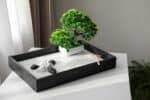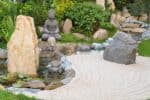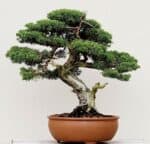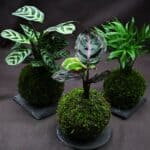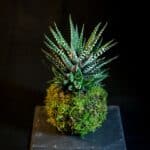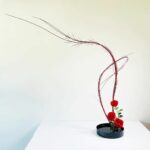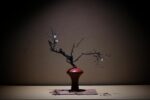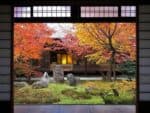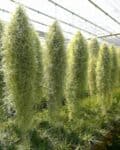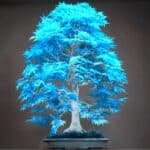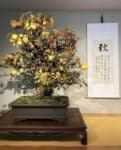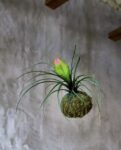Bonsai trees have been around for centuries and they are still a popular hobby today. In Japan, bonsai is an art form that was developed by Zen monks to represent the harmony between nature and human life.
So are bonsai trees hard to take care of? No, bonsai trees are not hard to take care of. But creating a bonsai tree requires patience, artistic talent, as well as great knowledge of plant care. Bonsai trees grow slowly and need to be trimmed regularly for shape or size.
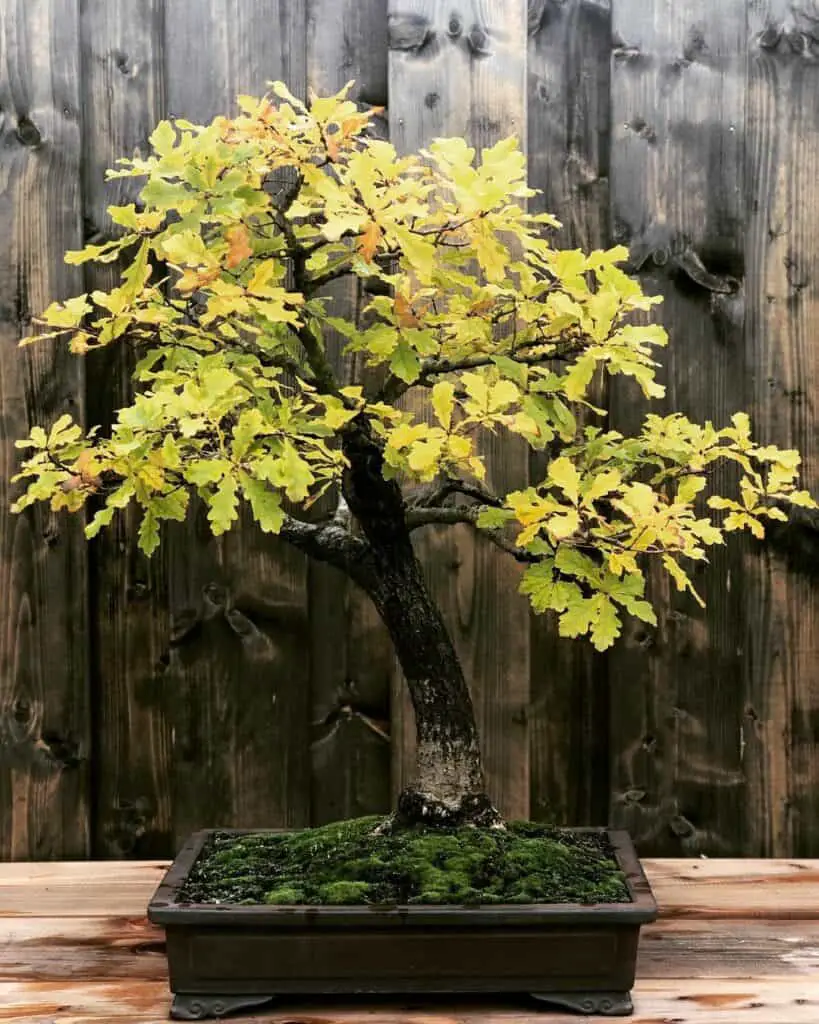

Bonsai trees are small plants that have a lot of care put into them. They require more time and attention than your average plant as they grow to be very delicate.
There are several ways you can keep the tree healthy and strong, but one of the most important things is ensuring that it gets enough water when necessary.
A lot of people in the gardening world are looking for ways to care for their bonsai trees. A lot of these people have been noticing that their bonsai trees are starting to develop yellow leaves, and they’re not sure why this is happening.
This blog post will discuss easy steps you can take in order to take care of your bonsai tree and prevent your bonsai tree from developing yellow leaves.
Taking Care of Bonsai Trees To Prevent Yellow Leaves
For any bonsai tree owner, yellowing leaves on your plant is often a sign that something has gone wrong and can be quite frightening.
There are multiple reasons why your bonsai tree might be developing yellow leaves, and there are also a lot of ways to fix the situation.
This piece will be focused on explaining the reasons behind yellowing leaves and providing solutions where needed.
Bonsai leaves turning yellow can be a natural occurrence due to the changing seasons, or it may be due to mishandling. Other reasons for yellow leaves on bonsai trees include stress, overwatering and under-watering. Lack of minerals and nutrients, hardwiring, drastic changes in temperature or a poor environment may also cause yellowing leaves.
Yellow leaves on your bonsai tree does not necessarily mean that you are going to lose your plant. Each factor mentioned can be adequately treated or identified, and this article will provide you with the knowledge to do both.
Don’t forget to check out my guide Bonsai Care – From The Ground Up.
How To Identify Naturally Yellow Leaves
To know if your bonsai tree is healthy and happy despite an influx of yellow leaves, you must be able to identify the type of bonsai tree that you have. Identifying the type of bonsai tree that you own allows you to place your plant into the category of deciduous or evergreen. This classification is needed to make it easier for you to figure out if your tree is simply reacting to the changing seasons or whether it is actually ill.
Deciduous bonsai trees will change their leaf colour depending on the seasons. During the autumn months, these types of plants will shed their leaves. This occurrence is often preceded by a period of the leaves changing color from green to yellow or brown.
Evergreen trees do not usually shed their leaves during the autumn but they are still sometimes affected by the seasons. If your tree is healthy in the months leading up to autumn, and its leaves only begin to change when the season does, then it is extremely likely that you are simply noticing a seasonal effect.
At this point, the best thing to do is to monitor your plant and continue natural care unless the shedding becomes overwhelming.
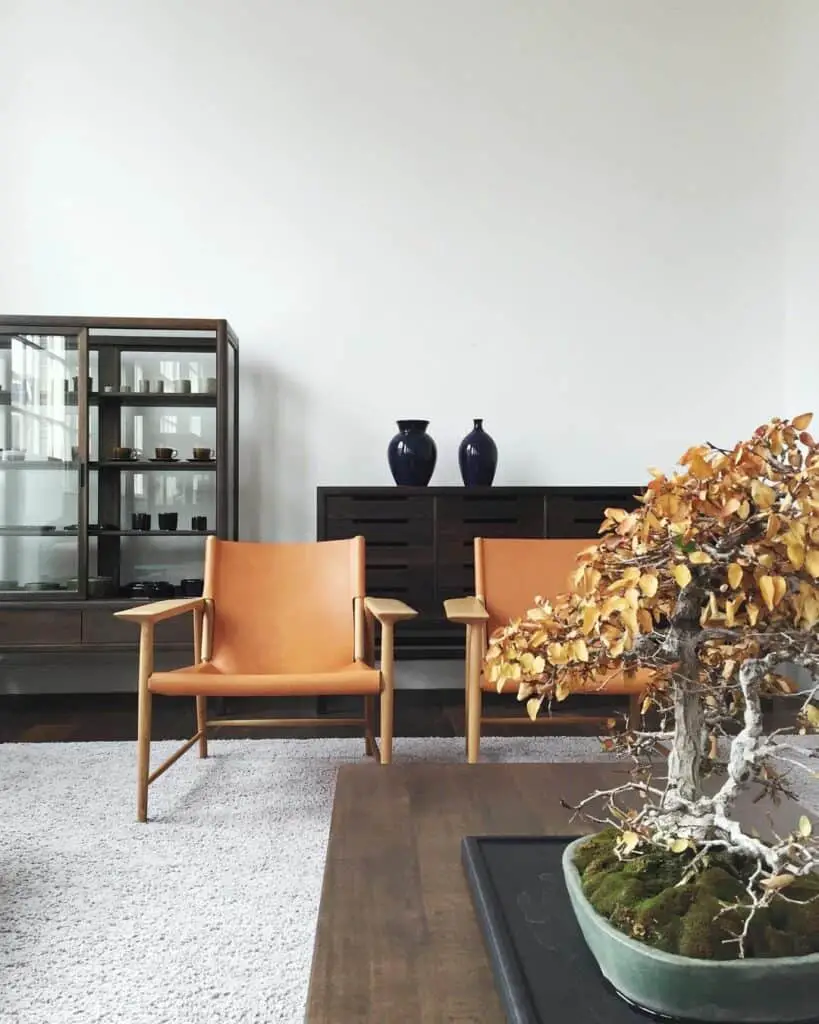
Interested to know more about Bonsai Trees? Read also :
– Are Bonsai Apples Edible?
– Are Blue Bonsai Trees Real?
– Who Invented Bonsai?
Stress And Yellowing Leaves
Much like people, your bonsai tree can experience stress. The factors that contribute to stress in a plant like a bonsai include everything from limited sunlight to physical stress such as broken limbs. A bonsai tree that is experiencing stress might drop its leaves and before this period of shedding the leaves usually change to yellow or brown.
It can be quite hard to identify the main factors causing such a stressed state in a bonsai tree but you should first ask yourself, have you changed the way that you care for your plant? A big change in your care routine before a period of yellowing leaves might be what has caused your bonsai tree’s condition.
A stressed bonsai tree can be helped, but it requires a lot of patience and dedication. First, you must keep a close eye on your tree. There are specific symptoms that can indicate where the stressor is originating from.
Stress symptoms can easily be overlooked, so careful observation is necessary.
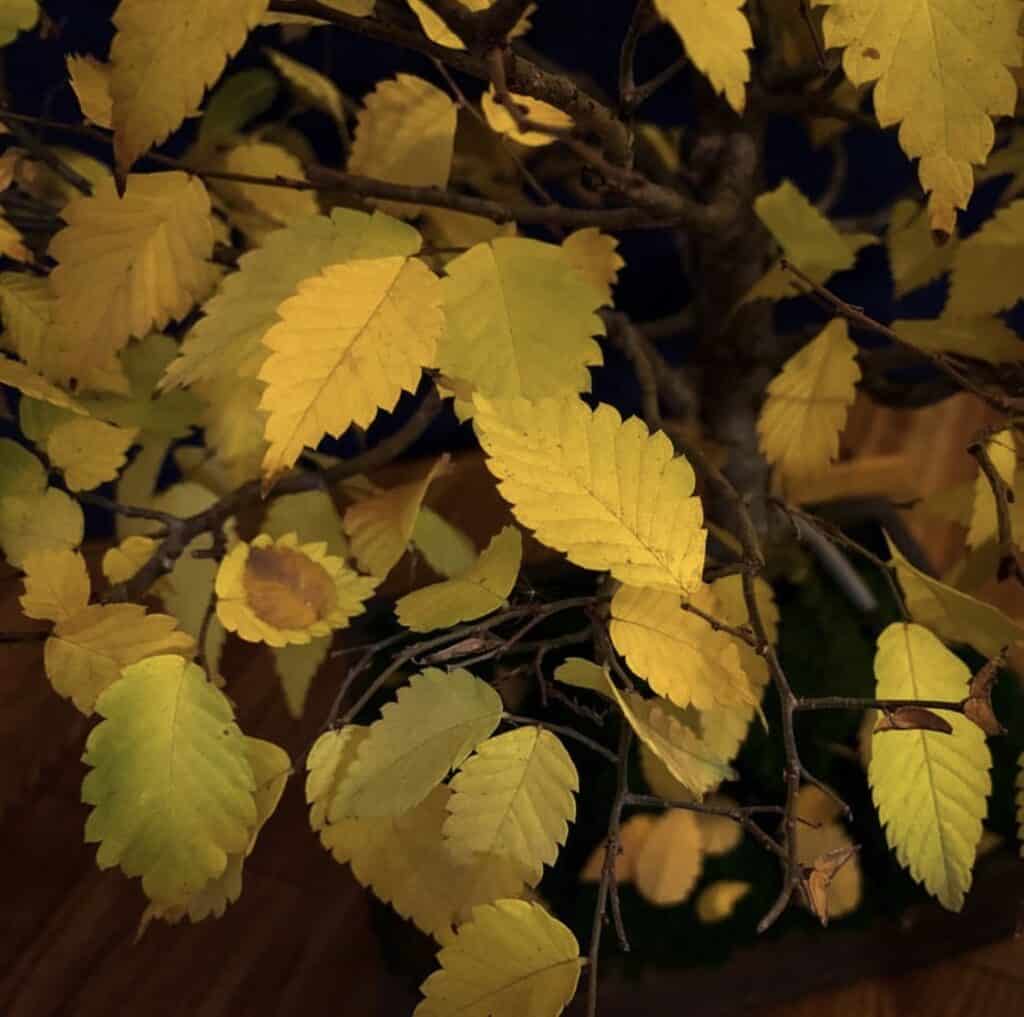
Regularly checking the leaves of your bonsai tree is recommended. Trees whose leaves are yellow but also sport spots might be affected by a fungal infection or perhaps an insect infestation.
Bonsai trees may also be stressed by moving them from their regular position meaning that you’ve disrupted their regular supply of sunlight. Excessive trimming is another stressor that can negatively affect your bonsai tree. Or the stressor could be something as simple as leaving your air conditioner on for longer periods.
Reversing changes in the way you take care of your bonsai tree could counteract the effect of stress on your plant. And in some circumstances, the plant will simply adapt to its new situation without much help.
Overwatering And Underwatering
Yellowing leaves on your bonsai tree could also be an indicator that you are either overwatering or underwatering your plant. These practices may have a huge impact on your plant, and it is essential that you catch the signs early.
Overwatering your bonsai tree could make the soil too wet for oxygen. The lack of oxygen and abundance of moisture can induce conditions such as root rot and fungal infection.
To prevent overwatering, you must never try to keep your bonsai tree on a watering schedule. If the soil of your bonsai tree is wet, do not add more water because that is what is scheduled for it. Also, make sure that your plant pot has a proper drainage system to prevent excess water from being trapped in the soil.
Watering schedules might work for plants in well-drained soil, especially outdoor bonsai, but not with indoor plants or those in poorly drained soil as there is nowhere for the water to go.
The soil of your bonsai plant will tell you when the tree needs watering, the best way to prevent overwatering is to check your bonsai tree’s soil regularly.
Much like overwatering, underwatering can also be fatal to your bonsai tree. The effects of underwatering are much easier to see, particularly in indoor plants.
The tree will quickly try to shed its leaves if it is not receiving enough moisture. After the leaves are shed, your plant will then lose branches as it can no longer support any growth. Ultimately the plant will die without an adequate water source.
In outdoor plants, the roots will try to spread to seek out more water, however, in indoor plants the only source of water they have is you. So, as with overwatering, checking the soil of your plants is extremely important. This is especially essential, in plants with a small amount of soil.
Lack Of Minerals And Nutrients
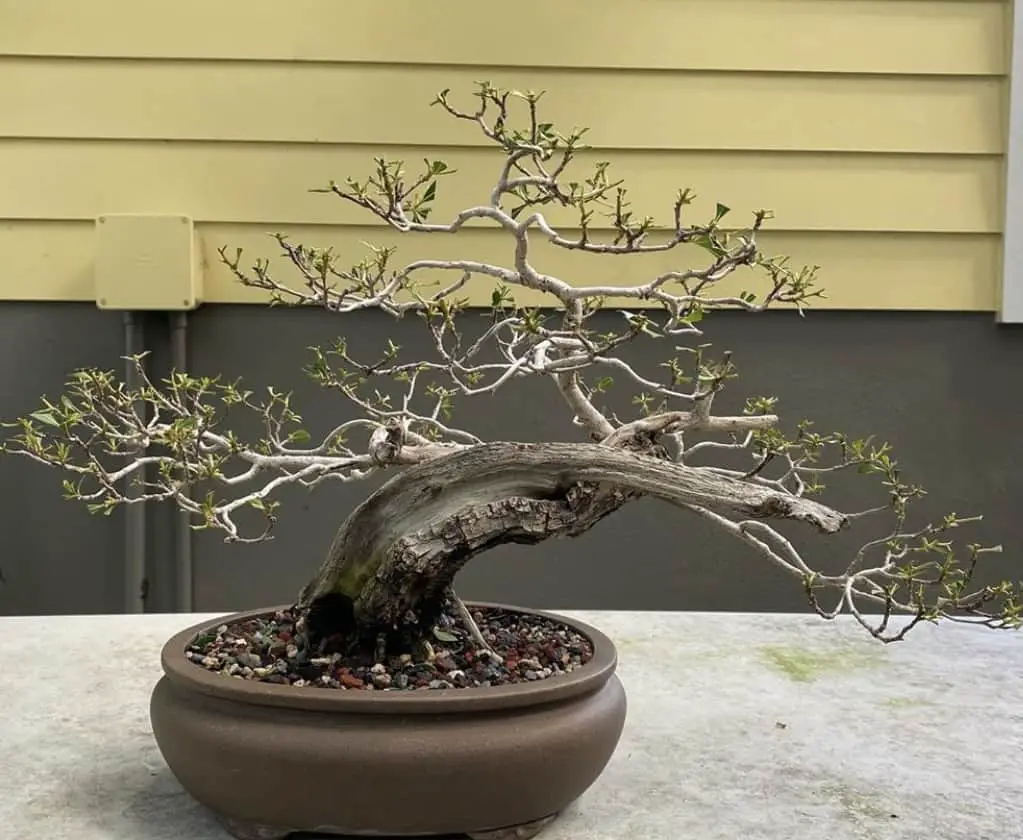
The type of soil that you plant your bonsai tree in is another factor that could cause the yellowing of leaves. It is easy to forget the importance of soil type when it comes to plant maintenance and growth.
Soil with little or no nutritional value can cause your bonsai tree to not only produce yellow leaves, but it can also lead to the wilting and shedding of leaves. In some situations, this lack of nutrients can even lead to the death of your plant.
Under natural circumstances, a plant will receive both macro and micronutrients from the soil it is planted in. Macronutrients are required in large quantities as they are the foundation for producing essential factors such as proteins and nucleic acids. Micronutrients, on the other hand, serve as cofactors in enzyme activity within the plants.
There are many macronutrients, these include Nitrogen, Magnesium, Potassium, Hydrogen and Carbon. Micronutrients are minerals such as Zinc, Manganese and Iron.
Your bonsai plant obtains these nutrients via its roots directly from the soil it is planted in. However, if the nutrients aren’t available the bonsai tree will be unable to carry out essential mechanisms designed to keep the plant alive and healthy.
A deficiency in minerals such as Potassium or Iron in the soil may lead to what is known as chlorosis. Chlorosis is the yellowing of the tree’s leaves, due to decreased production of chlorophyll. In layman’s terms, a deficiency in nutrients would be equivalent to a plant not being able to properly feed itself.
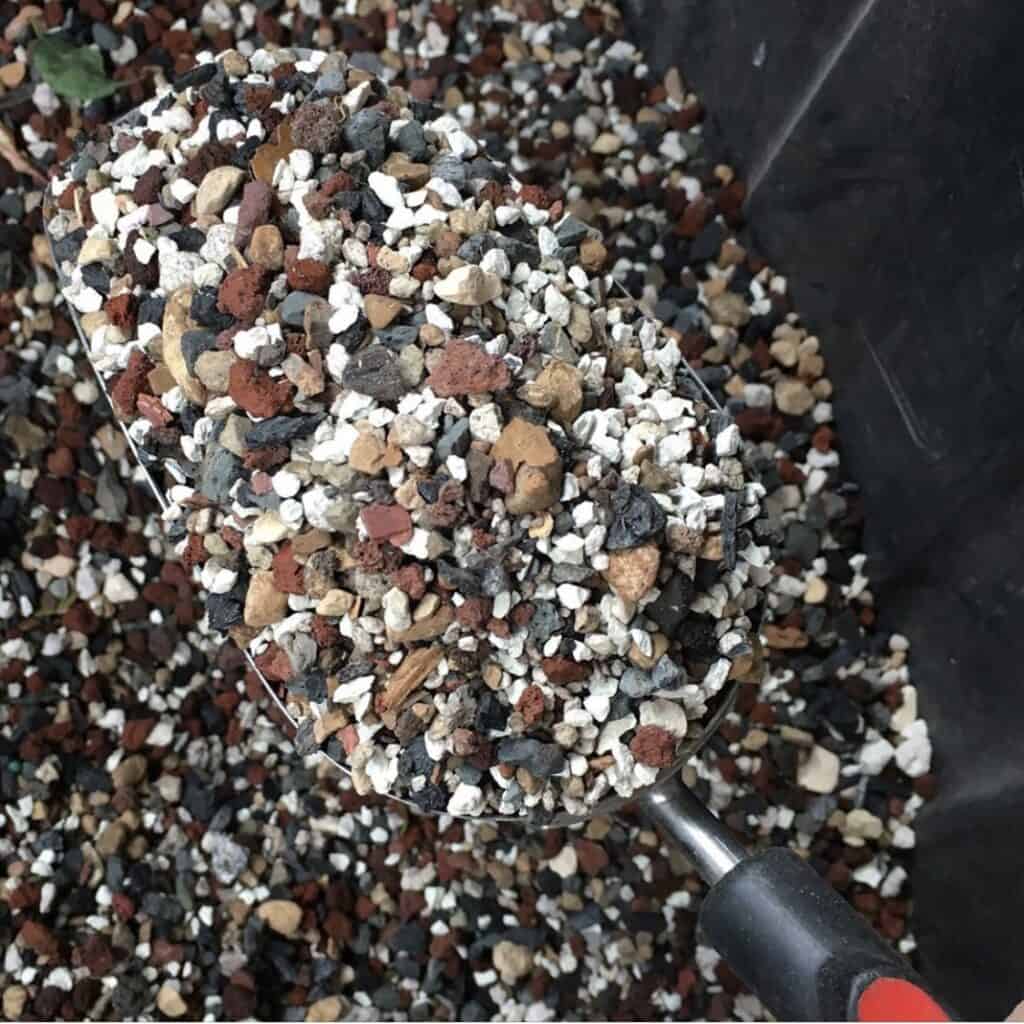
Fortunately, these deficiencies can be easily treated, especially if they are caught early. Mineral-rich soil, plant food and even nutrient solutions can be added to the soil to provide your bonsai tree with the nutrients it is lacking.
Without testing the plant in a laboratory, it is quite hard to identify which specific mineral your bonsai tree could be missing. It is easier to introduce small quantities of mineral-rich nutrients into the bonsai tree’s soil system and then observe the plant’s reaction to your actions.
If your tree was, in fact, nutrient deficient, an improvement should be seen after a few days, dependent on the severity of the yellowing leaves.
And even if your plant does not have yellowing leaves, it is advised that you introduce a well-balanced fertilizer into the plant’s soil system. This is to make sure that such an issue does not arise.
Hardwiring Your Bonsai Tree
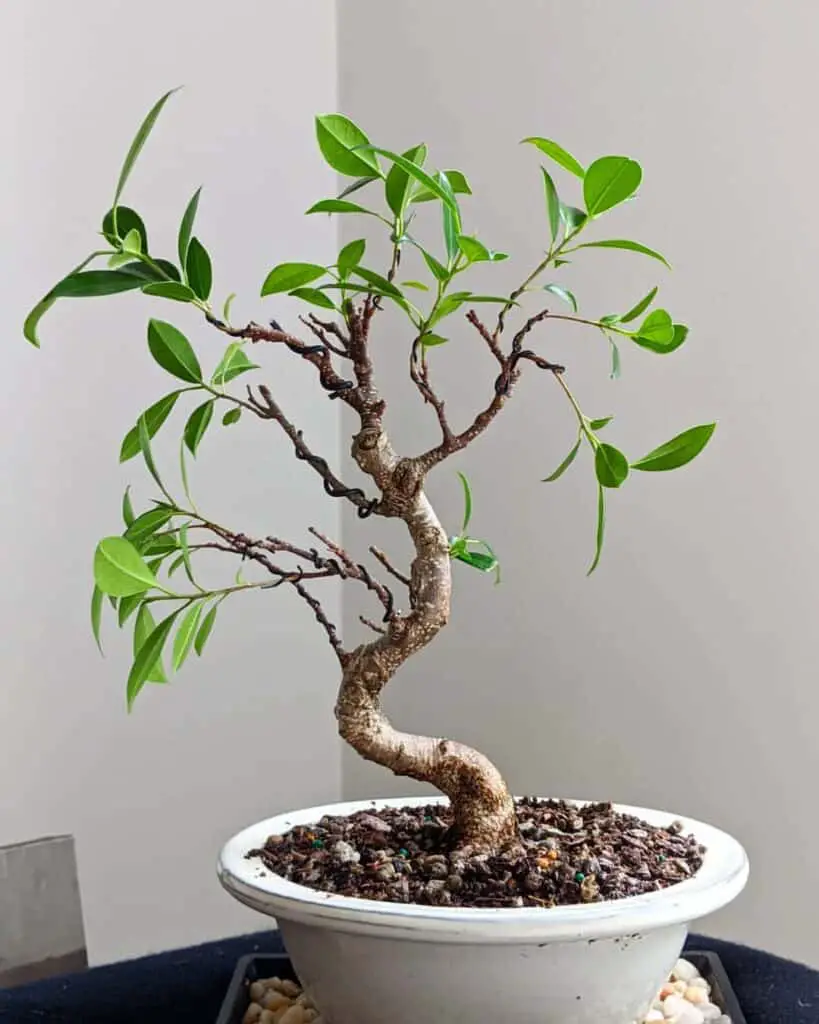
Many people use the technique of wiring to teach their bonsai tree to grow in a specific pattern. This is a technique used with many other plants, but if done wrong, it can have a devastating impact on the health of your bonsai tree.
One of the many ways you might cause yellowing leaves by wiring your tree is by using the incorrect material to wire the plant. There are two specific types of wires that you are encouraged to use to train your tree.
These wires are annealed copper for conifers and other evergreens while using anodized aluminium for deciduous plants. Using other types of wires could potentially damage the bark of your bonsai tree, leaving it open to infection, which could then lead to yellowing leaves as the tree falls ill.
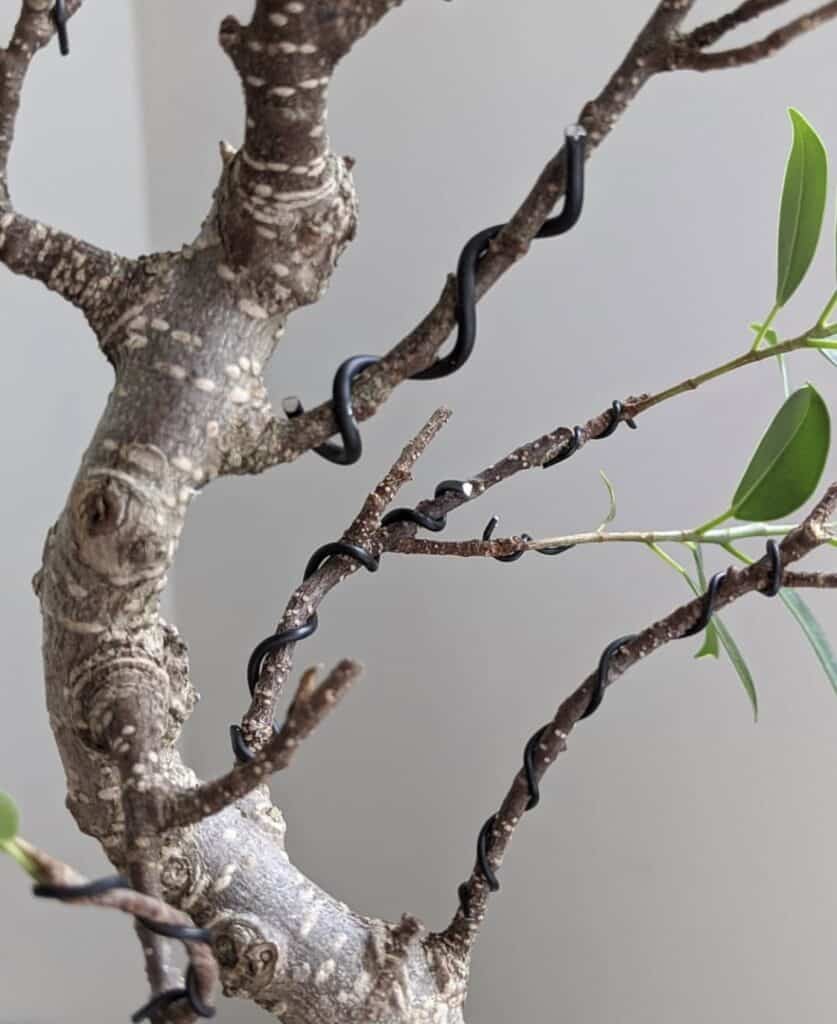
Another way to damage your bonsai tree is by leaving the wires on for too long. Again the wire could damage the bark of the tree. But in this case, it not only could cause an infection, it might also prolong the period of infection as the tree will be unable to repair itself with the wire still in place.
Such a practice could lead to yellowing leaves or even the death of your bonsai tree overall, dependent on the severity of the infection.
Trimming your bonsai tree after wiring it could also poorly affect your plant’s health. It is advised that you avoid trimming your bonsai tree after a wiring period. This is done in an effort to prevent the plant from being further stressed as this stress might lead to the leaves turning not only yellow but also brown.
While wiring can produce a satisfying end result it is suggested that it be well-researched before you attempt it on your bonsai tree so as not to cause your plant harm.
Change In Temperature
A less common reason for yellow leaves on your bonsai tree is the temperature.
While some bonsai trees are hardy and can survive colder temperatures, many are not. A slight dip in the temperature inside your house might not be enough to affect your plant. However, using air conditioners in the summer or leaving the plant exposed to cold air during the winter might harm the health of your bonsai tree.
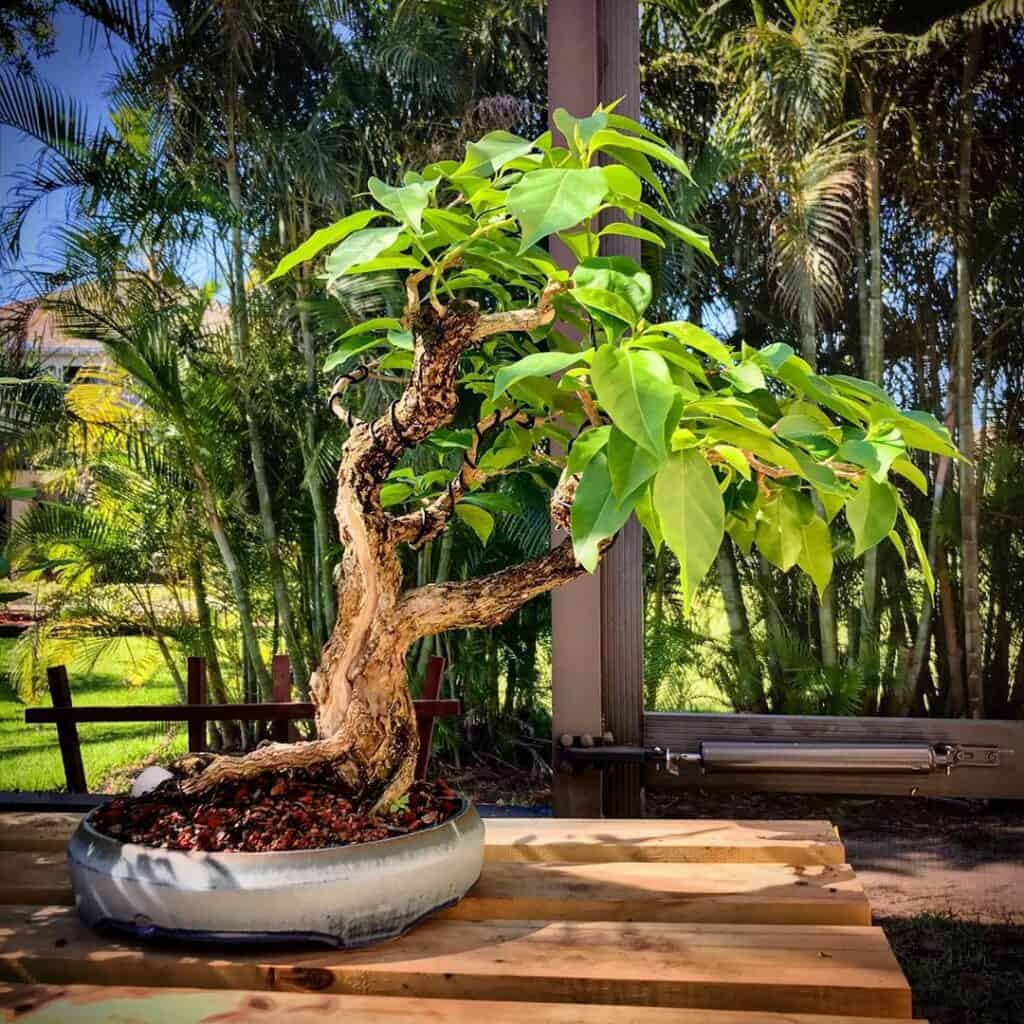
The optimal temperature for bonsai trees will differ dependent on the tree’s place of origin and natural climate. It is important to know the type of bonsai tree that you have in order to mimic these natural conditions as this could help keep your tree happy and healthy.
Most bonsai trees are happiest in temperatures that range from 50 to 70 degrees Fahrenheit, which is the temperature of most households. However, some trees might require a cooler temperature to help them survive. Providing these types of trees with warmth might actually be hurting them instead of helping them.
To correctly care for your bonsai tree, you must research the plant to make sure that you can provide it with what it needs to survive.
Poor Environment
Bonsai trees do not all originate from the same area. Dependent on your bonsai tree’s place of origin, it can be classified as either a Temperate plant or a Tropical plant.
Temperate bonsai trees need to spend periods outside and not giving them this option could cause them damage. This is because the trees have a growth cycle which is affected not only by the natural temperature but also light intensity.
These changing factors tell the tree when to enter a period of rest. Without these factors to tell the tree when to rest, it might become overstressed, leading to yellowing leaves.
If you have a temperate bonsai tree and it begins to produce yellow leaves after a long period without resting, the problem might simply be that it needs more access to the outside world. To correct this problem, the trees should spend periods exposed to the outdoors. This can be something as simple as placing them on a window ledge or even leaving them in the garden for extended periods.
Unlike their temperate counterpart, tropical bonsai trees should be kept inside as they are not equipped to cope with the temperature of the changing seasons. But the light intensity within a house might also not be enough for your tropical bonsai trees.
In its natural setting, a tropical bonsai tree would be exposed to a much higher light intensity than is found in most normal households. A poor source of light could cause the tree to have yellow leaves.
To combat this it is suggested that you purchase artificial lightings such as Fluorescent lights or Incandescent lights. This is done in an effort to simulate the light and heat that your bonsai tree would be receiving in its natural setting. The higher light intensity could combat the yellowing of the leaves on your bonsai plant and hopefully fix the problem.
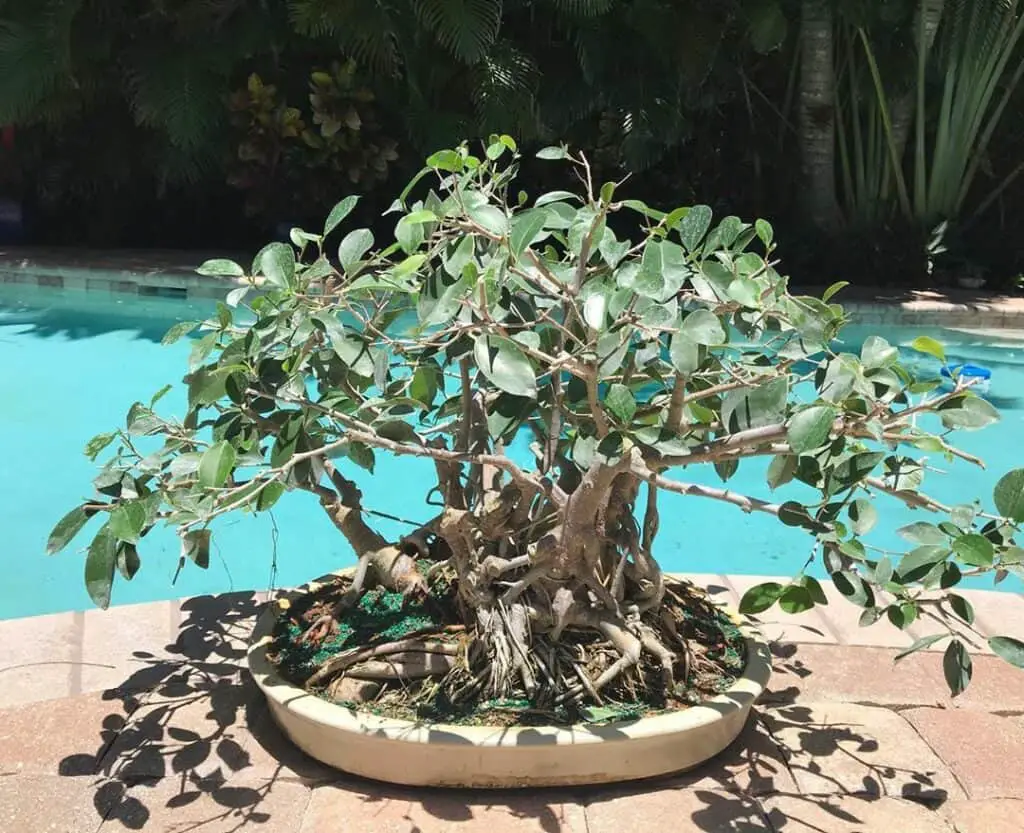
Tropical bonsai trees also require a level of humidity to keep them healthy. This is because in their natural setting they are constantly exposed to humid conditions. A lack of humidity could cause the tree to display yellow leaves.
There are several ways that you can increase the humidity for your bonsai tree. You can lightly mist the tree with water several times a day. You can stand your plant pot on gravel which will capture the run-off water and produce humidity during the day.
Another way to help humidity is by keeping your windows open to allow the air to circulate in the room where you keep your bonsai tree.
Numerous other factors may also make an environment unhealthy for your bonsai tree resulting in yellowing leaves. You must remember that each bonsai plant will have a particular environment in which it will thrive. It is very important that you learn as much about your plant as you can in order to provide such an environment.
Conclusion
In conclusion, several factors could cause your bonsai tree to produce yellow leaves. Some of these factors are natural and can be ignored while others can be easily fixed with some time and dedication.
It is important to remember that bonsai trees are unique, so the needs of one might not reflect the needs of another. Learning as much as you can about the care of bonsai plants is very important. You must then apply that knowledge to your individual bonsai tree to help it survive.
There is no single solution to the appearance of yellow leaves on your bonsai tree. But the best way to combat yellowing leaves or any other illness is to dedicate time to make yourself familiar with your tree’s needs so that you can rectify the problem.



